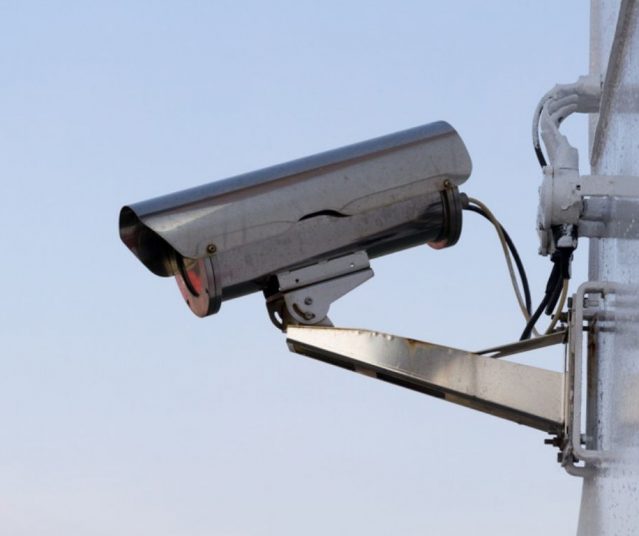
On 1 July 2018, new amendments to the Road Transport Act 2013 (NSW) came into force. These changes affect all road users and mean that if you are charged with one of the amended offences on or after 1 July 2018 you face harsher penalties.
So, what are they key changes you should know?
Using a mobile phone while driving is now a ‘detectable traffic offence’, just like speeding, running a red light or driving in a bus lane. This means that roadside cameras can now be used to photograph drivers using their mobile phones.
It is currently an offence for a fully-licensed driver to touch their phone in the car unless they are parked or passing their phone to a passenger. Mobile phones can only be used for GPS, audio and call-making if they are fixed to a cradle and can be operated without touching the phone.
Since last year, it is an offence for provisional and learner drivers to use their mobile phones in any way, even if the phone is fixed to a cradle and can be operated without touching it.
Using a mobile phone while driving carries a fine of up to $448 and four demerit points for all drivers, which will result in an automatic licence suspension for learner and P1 licence holders.
The maximum penalties for the offence of driving under the influence of alcohol or illicit drugs have been significantly increased. The maximum penalty for a first offence is now a fine of $3300 and/or imprisonment for 18 months. For any further offences, the maximum penalty is a fine of $5500 and/or imprisonment for 2 years.
Disqualification periods have also been increased. For first offences, the automatic period off the road is 3 years with the minimum being 12 months. For second or subsequent offenders, the automatic disqualification period is 9 months with a minimum of 6 months if you enter into an interlock order for 24 months, or an automatic period of 5 years with the minimum being 2 years if you are exempt from the interlock period.
The increase in maximum penalty and disqualification period is to bring the offence of Drive under the influence in line with the penalties for High Range Drink Driving, instead of Mid Range Drink Driving.
In addition, passengers who occupy the seat next to a learner driver are now subject to the same penalties as drivers and can face imprisonment for supervising a learner whist under the influence of alcohol or drugs.
For driving under the influence, Police officers can now issue immediate licence suspension notices for up to 48 hours after a person is charged with the offence.
Furthermore, if a person is charged for failing to pass or submit to a sobriety test, police can prohibit them from driving for up to 48 hours after their charge.
If you have any questions about any of the above changes, have been charged or received an infringement notice, please contact our office to discuss on 9025 9888.
Photo by ollis_picture